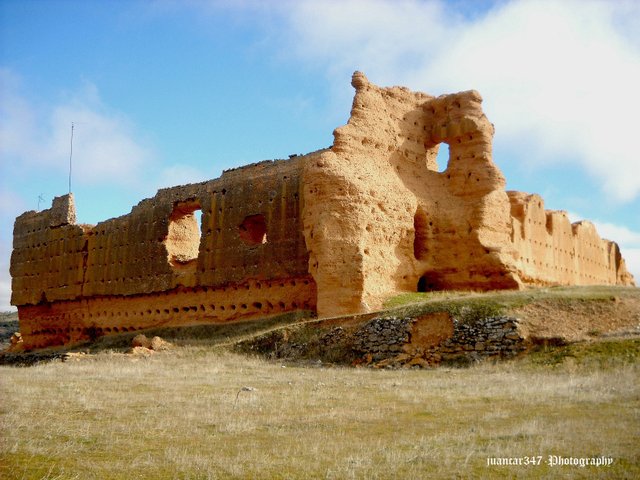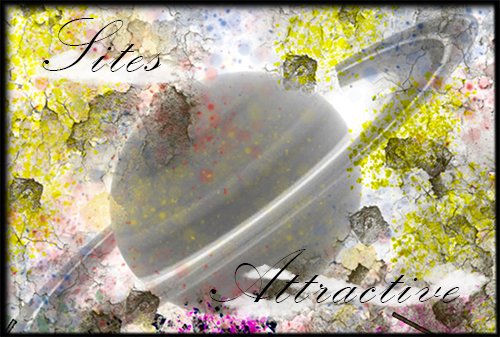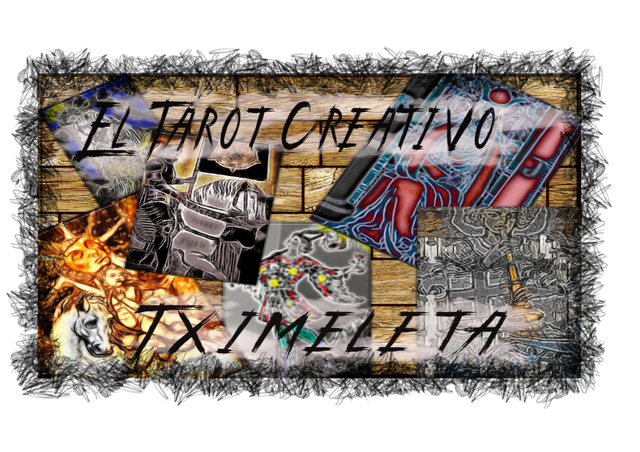The mud castle
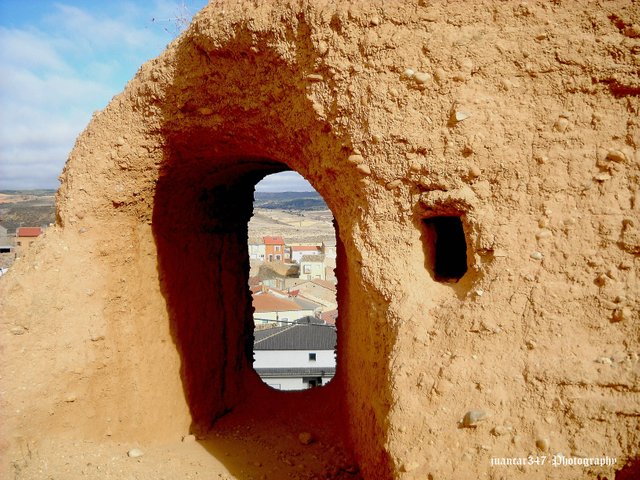
I have always wondered where that rich stream of imagination, inventiveness and wonderful tales, which are popular legends, comes from.
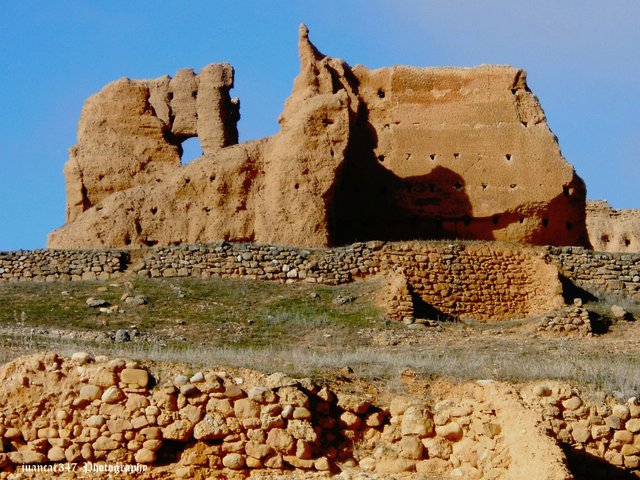
And I have always come to the conclusion that the source from which such great wealth flows can be none other than that which whispers through dreams and which C. G. Jung defined as the collective unconscious.
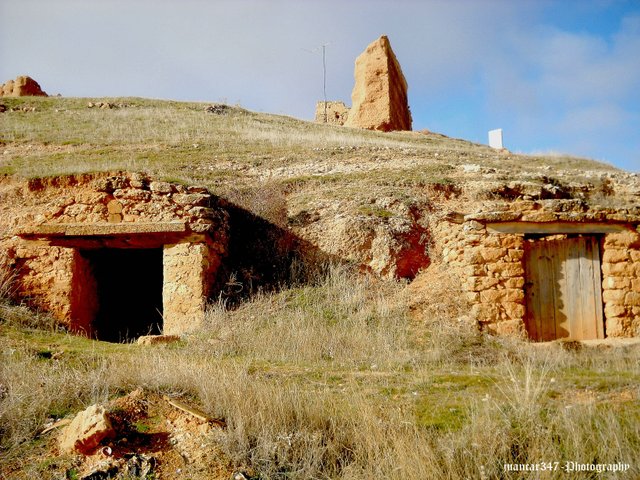
Hence, owner of some of the multiple masks that cling to our souls as hindrances, possibly the figure of the Devil also arises - always as a sword of Damocles that swoops down on consciousness - and by default, its tricky creative facet.
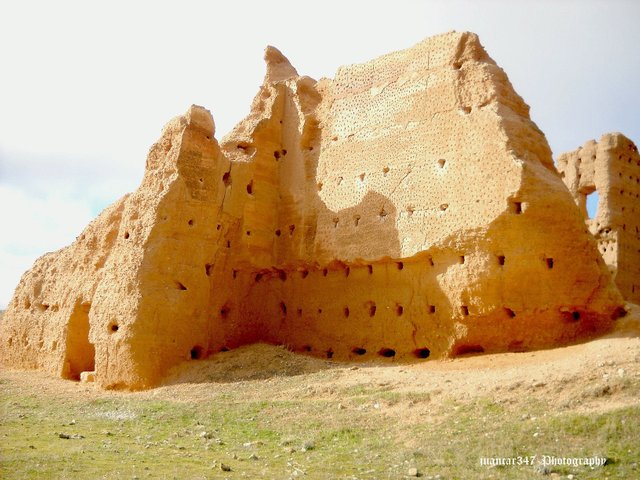
In this sense, those of Segovia say that their famous Aqueduct was built in a single night by the Devil, although they usually look the other way when someone tells them that they may have had to agree with Caesar's engineers.
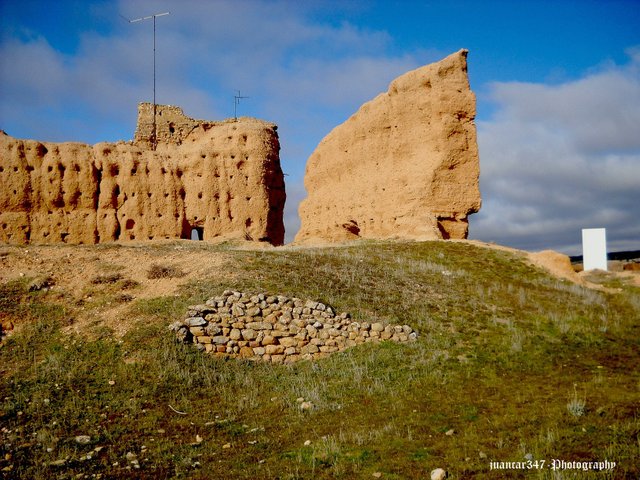
Those of Aragon say the same thing, when they refer to the Trasmoz castle, where, in addition, the witches of Moncayo frantically surrendered to some covens worthy of the night of Walpurgis, custom, in addition, that according to the dimes and diretes, they told them and I tell you, they made until relatively modern times.
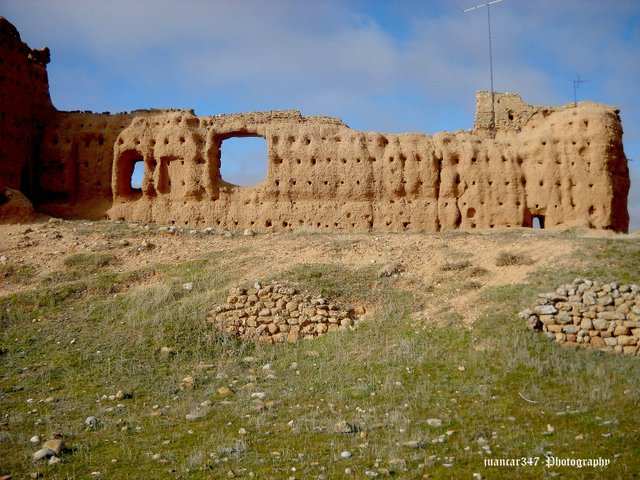
And now I come, to imagine - and I put my fantasy exclusively as a witness - that this curious castle of mud and clay, whose ruins are located on the Celtiberian plains of Soria, is also the work of the Devil.
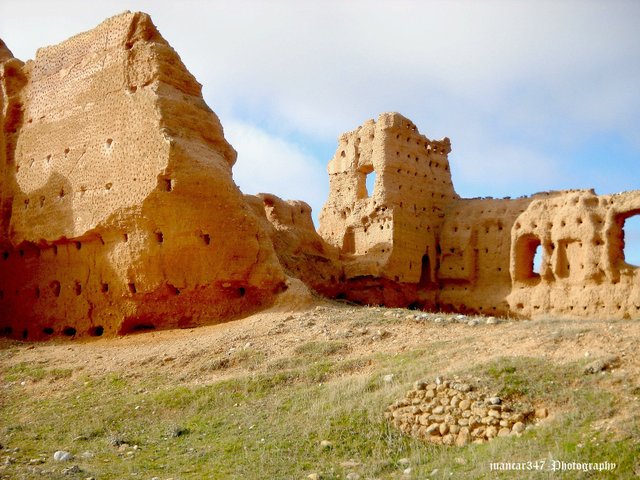
In some way, I want to let myself be carried away by my nahual vision of the world and in a quixotic way of magic, although without the pomposity of those appetizers that are the abracadabras, to imagine that the Devil one day wanted to become a gardener and he left scalded.
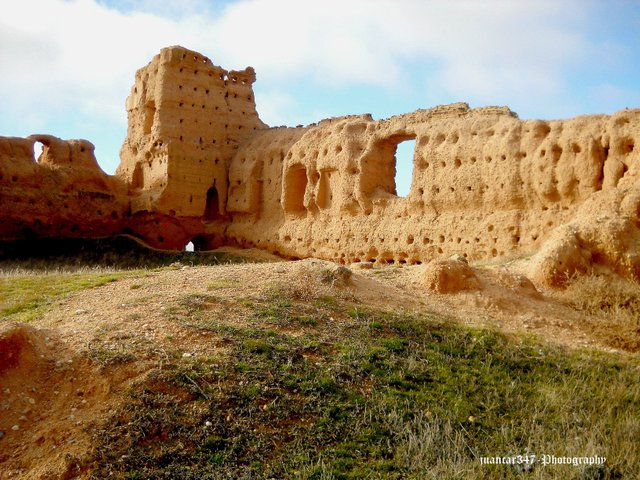
And instead of creating adanes and evas with that primordial clay, the genetic and exclusive privilege of God, he created a false Eden, where in the end the old serpent was left more alone than one.
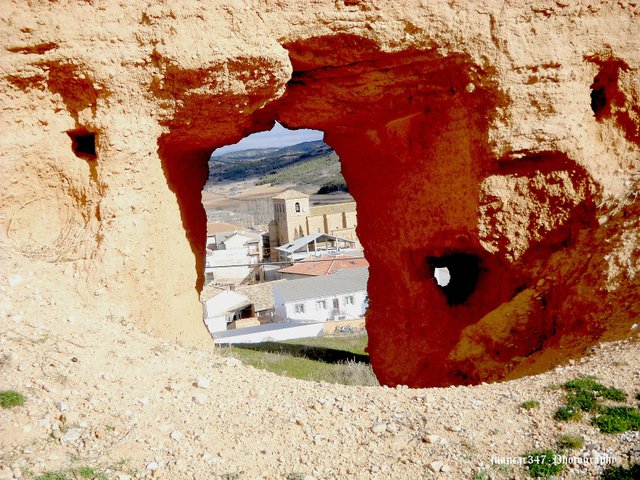
Moral: who dreams of giants is that they only see mills.
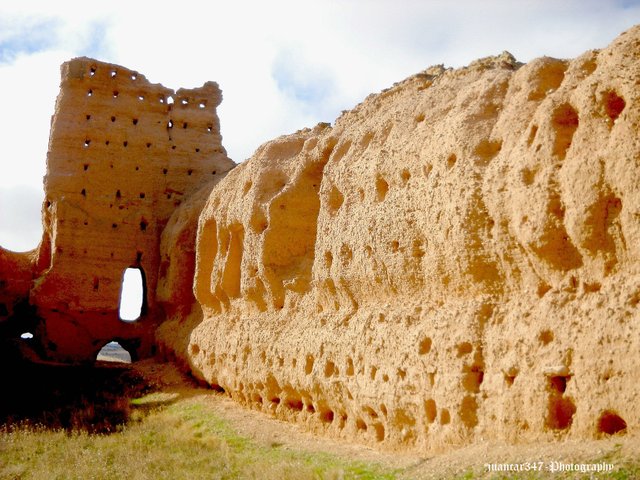
NOTICE: Both the text and the accompanying photographs are my exclusive intellectual property.
